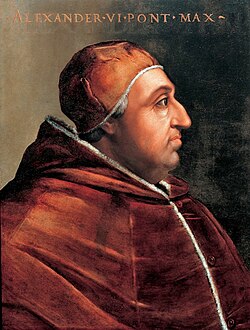
Quamvis ad amplianda is a papal bull issued by Pope Alexander VI on 1 June 1500 calling for a crusade against the Ottoman Empire in response to Ottoman invasions of Venetian territories in Greece. [1] [2] After requests for funds and military support from the Imperial Diet of the Holy Roman Empire were rejected, a universal tithe was instituted with the bull. [3]